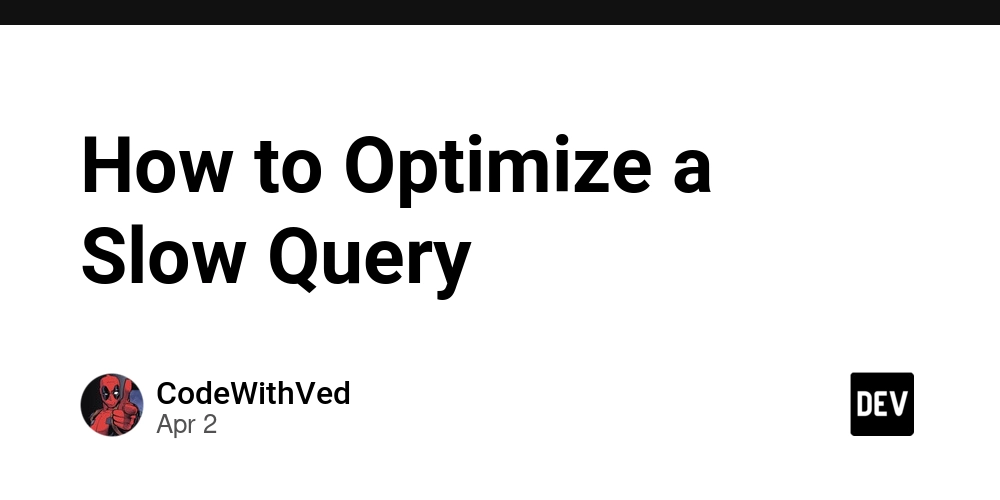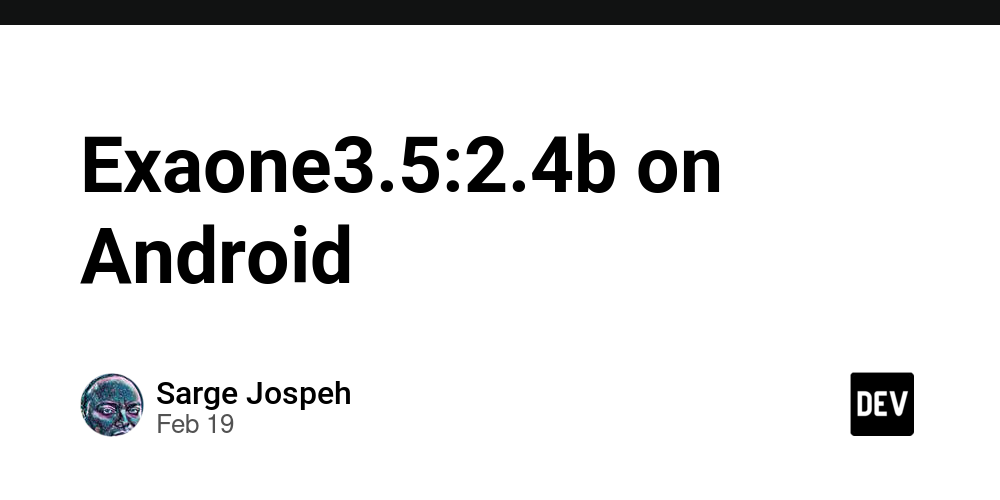How to Optimize a Slow Query
Analyze the slow execution plan with EXPLAIN Use the database’s EXPLAIN or EXPLAIN ANALYZE (PostgreSQL), EXPLAIN PLAN (Oracle), or SHOW PLAN (SQL Server) to see how the database executes the query. This shows you where time is spent—scans, joins, or index usage. Look for red flags like full table scans, expensive nested loops, or missing indexes. Check Indexes Ensure indexes exist on columns used in WHERE, JOIN, GROUP BY, or ORDER BY clauses. For example, if you’re filtering on customer_id, an index on that column can cut lookup time. Avoid over-indexing—too many indexes slow down writes (INSERT/UPDATE/DELETE). Simplify the Query Break complex queries into smaller parts. Subqueries or excessive joins can often be rewritten as temporary tables or CTEs (Common Table Expressions) for clarity and speed. Remove unnecessary columns in SELECT—fetching less data reduces I/O. Tune Joins Ensure join conditions use indexed columns. A mismatch in data types (e.g., joining a string to an integer) can force conversions and kill performance. Prefer INNER JOIN over LEFT JOIN where possible, as outer joins can generate more rows. Limit Data Early Apply filters (WHERE) as early as possible to reduce the dataset before joins or aggregations. Use LIMIT or TOP if you only need a subset of results. Optimize Aggregations For GROUP BY or COUNT, ensure the grouped columns are indexed. Pre-aggregate data in a materialized view or summary table if the query runs often. Check Statistics Databases rely on stats to pick the best execution plan. Run ANALYZE (PostgreSQL) or update statistics (SQL Server: UPDATE STATISTICS) to ensure they’re current. Caching If the query runs frequently with static data, cache the results using a tool like Redis or the database’s built-in caching (e.g., SQL Server Query Store). Tools to Identify Bottlenecks Database-Specific Profilers PostgreSQL: pg_stat_statements tracks query performance; EXPLAIN ANALYZE gives detailed timing. MySQL: EXPLAIN or the Performance Schema to see slow query logs. SQL Server: SQL Server Profiler or Query Store for real-time monitoring. Oracle: SQL Trace or TKPROF for execution details. Slow Query Logs Enable slow query logging (e.g., log_slow_queries in MySQL) to catch queries exceeding a time threshold. Third-Party Tools SolarWinds Database Performance Analyzer: Visualizes wait times and bottlenecks. pgAdmin or DBeaver: GUI tools with query profiling features. New Relic or Datadog: For monitoring queries in production environments. Resource Monitoring Check CPU, memory, and disk I/O with tools like top, iostat, or database-specific views (e.g., pg_stat_activity in PostgreSQL). A query might be slow due to resource contention, not just bad design.

- Analyze the slow execution plan with EXPLAIN
- Use the database’s EXPLAIN or EXPLAIN ANALYZE (PostgreSQL), EXPLAIN PLAN (Oracle), or SHOW PLAN (SQL Server) to see how the database executes the query. This shows you where time is spent—scans, joins, or index usage.
- Look for red flags like full table scans, expensive nested loops, or missing indexes.
- Check Indexes
- Ensure indexes exist on columns used in WHERE, JOIN, GROUP BY, or ORDER BY clauses. For example, if you’re filtering on customer_id, an index on that column can cut lookup time.
- Avoid over-indexing—too many indexes slow down writes (INSERT/UPDATE/DELETE).
- Simplify the Query
- Break complex queries into smaller parts. Subqueries or excessive joins can often be rewritten as temporary tables or CTEs (Common Table Expressions) for clarity and speed.
- Remove unnecessary columns in SELECT—fetching less data reduces I/O.
- Tune Joins
- Ensure join conditions use indexed columns. A mismatch in data types (e.g., joining a string to an integer) can force conversions and kill performance.
- Prefer INNER JOIN over LEFT JOIN where possible, as outer joins can generate more rows.
- Limit Data Early
- Apply filters (WHERE) as early as possible to reduce the dataset before joins or aggregations.
- Use LIMIT or TOP if you only need a subset of results.
- Optimize Aggregations
- For GROUP BY or COUNT, ensure the grouped columns are indexed. Pre-aggregate data in a materialized view or summary table if the query runs often.
- Check Statistics
- Databases rely on stats to pick the best execution plan. Run ANALYZE (PostgreSQL) or update statistics (SQL Server: UPDATE STATISTICS) to ensure they’re current.
- Caching
- If the query runs frequently with static data, cache the results using a tool like Redis or the database’s built-in caching (e.g., SQL Server Query Store).
Tools to Identify Bottlenecks
Database-Specific Profilers
- PostgreSQL: pg_stat_statements tracks query performance; EXPLAIN ANALYZE gives detailed timing.
- MySQL: EXPLAIN or the Performance Schema to see slow query logs.
- SQL Server: SQL Server Profiler or Query Store for real-time monitoring.
- Oracle: SQL Trace or TKPROF for execution details.
Slow Query Logs
- Enable slow query logging (e.g., log_slow_queries in MySQL) to catch queries exceeding a time threshold.
Third-Party Tools
- SolarWinds Database Performance Analyzer: Visualizes wait times and bottlenecks.
- pgAdmin or DBeaver: GUI tools with query profiling features.
- New Relic or Datadog: For monitoring queries in production environments. Resource Monitoring
- Check CPU, memory, and disk I/O with tools like top, iostat, or database-specific views (e.g., pg_stat_activity in PostgreSQL). A query might be slow due to resource contention, not just bad design.




















































%20Abstract%20Background%20112024%20SOURCE%20Amazon.jpg)






















































































































![[The AI Show Episode 142]: ChatGPT’s New Image Generator, Studio Ghibli Craze and Backlash, Gemini 2.5, OpenAI Academy, 4o Updates, Vibe Marketing & xAI Acquires X](https://www.marketingaiinstitute.com/hubfs/ep%20142%20cover.png)
























































































































































































































































-Nintendo-Switch-2-–-Overview-trailer-00-00-10.png?width=1920&height=1920&fit=bounds&quality=80&format=jpg&auto=webp#)





















_Anna_Berkut_Alamy.jpg?#)













































































































![YouTube Announces New Creation Tools for Shorts [Video]](https://www.iclarified.com/images/news/96923/96923/96923-640.jpg)





































































![[Weekly funding roundup March 29-April 4] Steady-state VC inflow pre-empts Trump tariff impact](https://images.yourstory.com/cs/2/220356402d6d11e9aa979329348d4c3e/WeeklyFundingRoundupNewLogo1-1739546168054.jpg)





























































